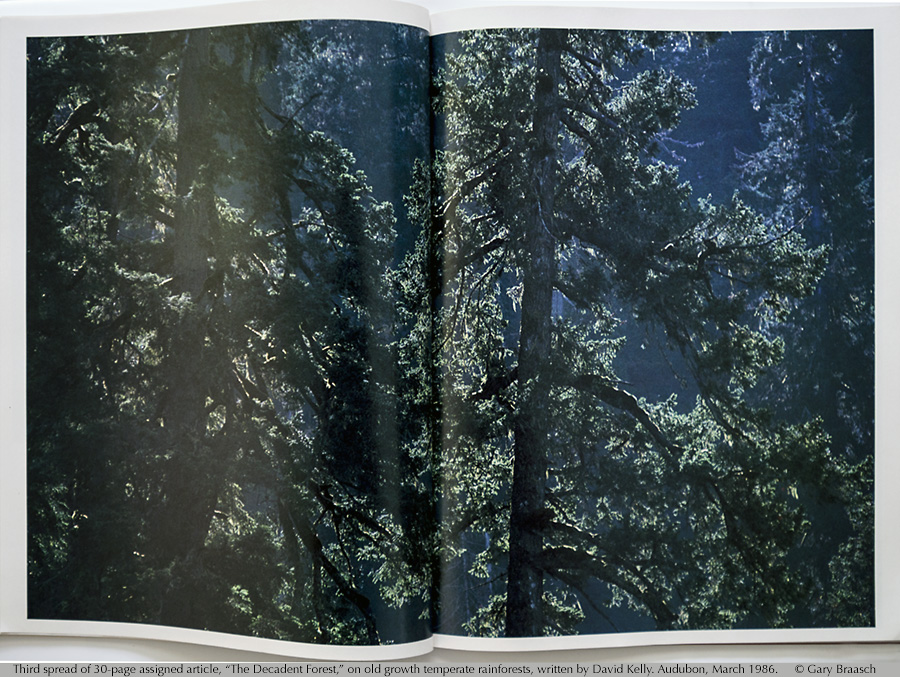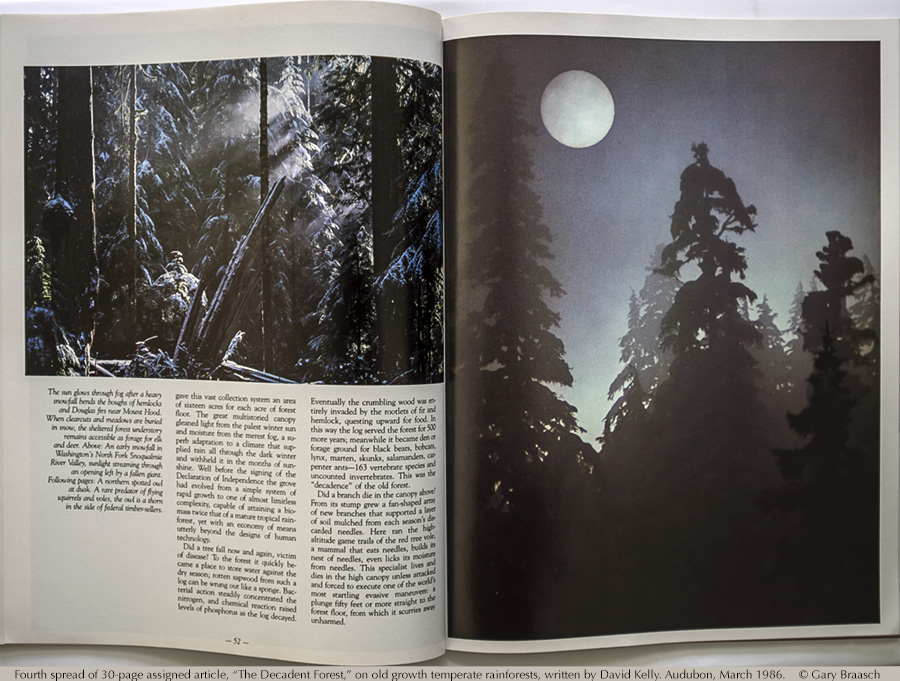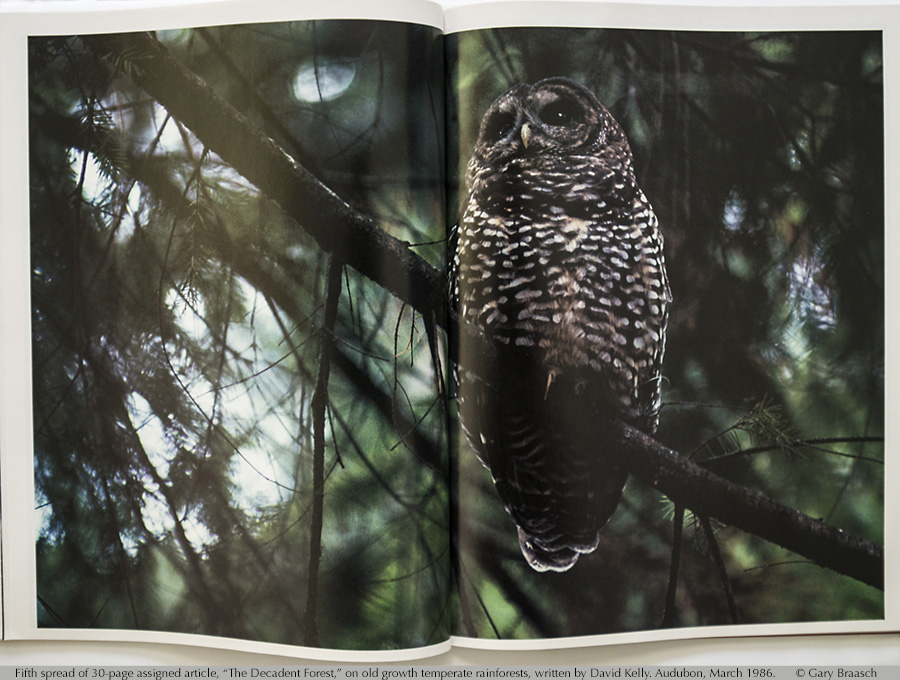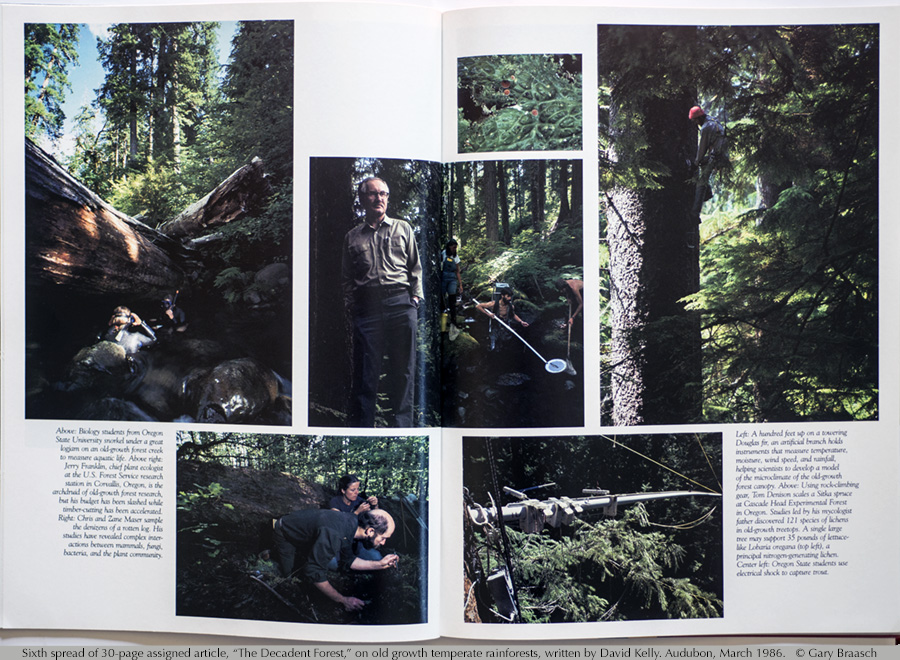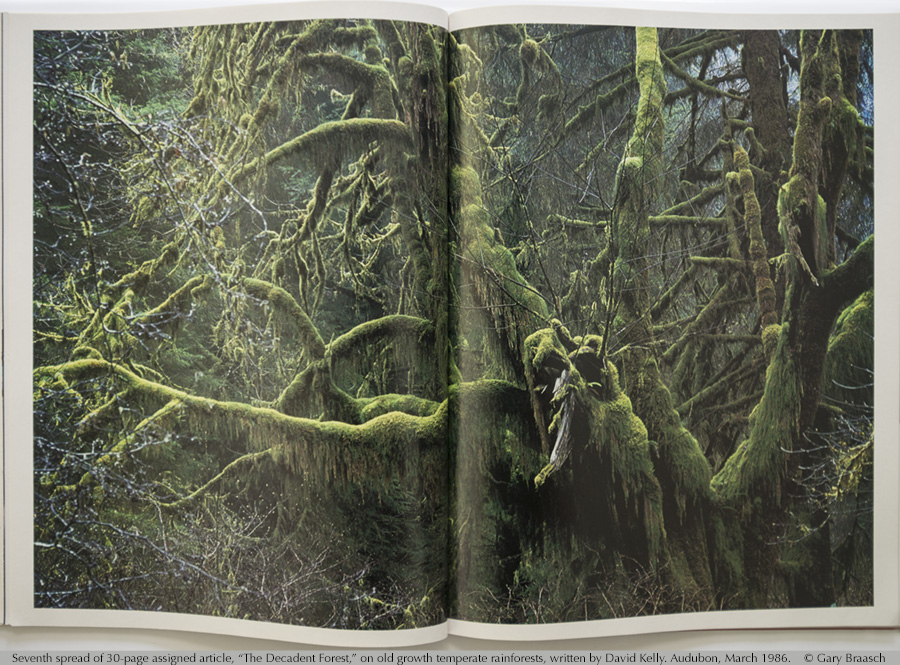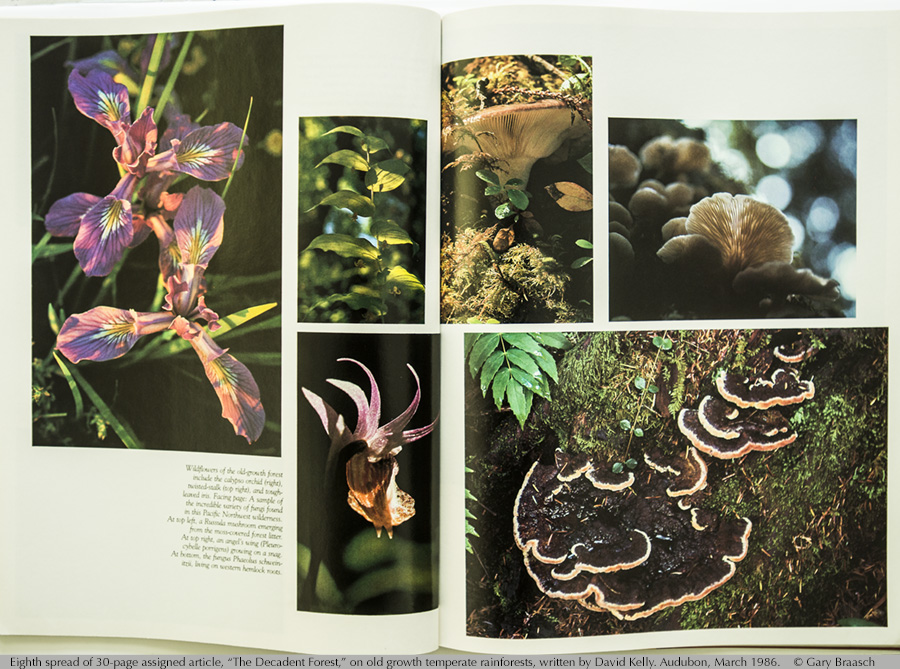The Decadent Forest
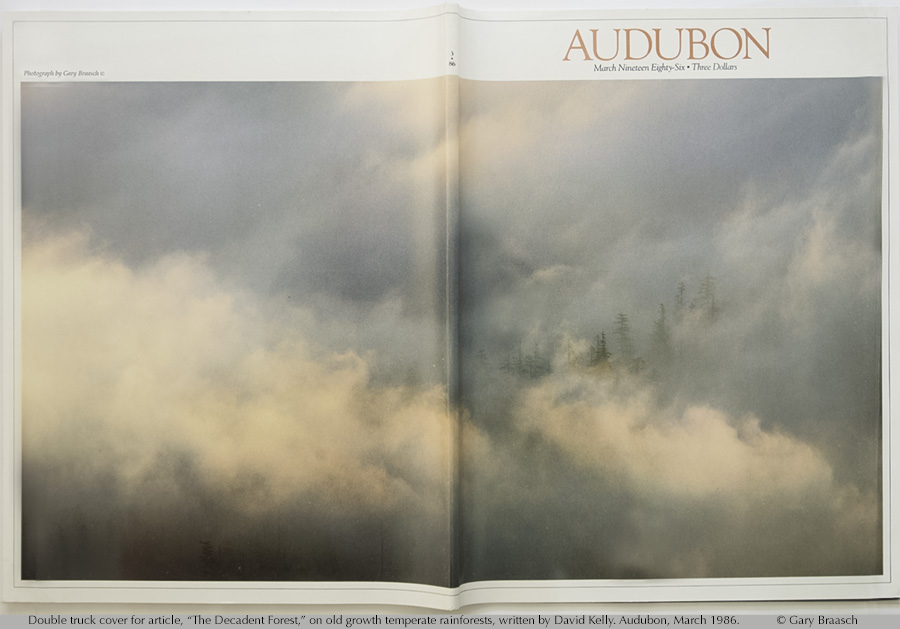
When I arrived in Portland Oregon in 1973 with the intention to be a nature photographer and writer, the great Cascade and coastal forests of Northern California, Oregon and Washington were among my subjects. Capturing the sheer scale and beauty of these forests, in which grew many of the largest species of conifers in the world, was soon matched by my interest in the science of the forest. Oregon State University forestry professors Jerry Franklin and Ted Dyrness had just published the monograph "Natural vegetation of Oregon and Washington" which detailed the unusual scale and age of the trees and the complex and unexpectedly rich forest ecosystem. It became my guide to photographing what I then knew was an unusual -- and endangered -- forest, because the 1970s and 80s were also the time of rapid and destructive industrial logging of the trees. The large Douglas firs, hemlocks, spruces and cedars of the Northwest had been an economic mainstay of the region for years, and at first thought to be inexhaustible. But the chain saw and logging truck replaced the whipsaw and lumber trains, and logging roads and clearcuts were chopping through most of the great forest.
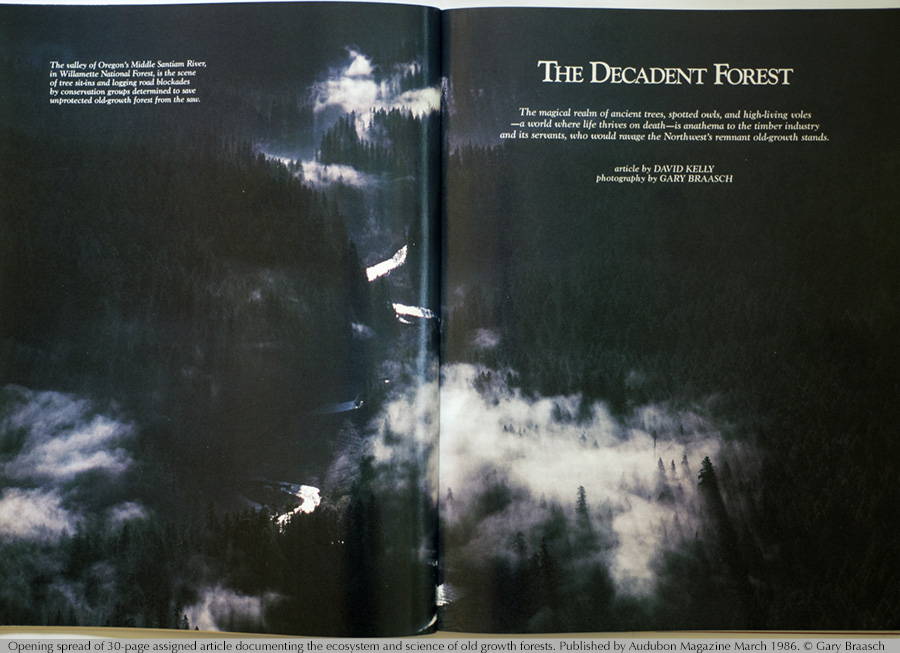
There was a great story here, of the forests themselves, the economic uses of the wood, the scientists who were discovering that these were rare forests on the Earth and in many ways richer than the tropical forests. I allied with Portland journalist David Kelly and in 1980 proposed an article to Audubon. Editor Les Line and Photography Editor Ann Guilfoyle accepted the idea and for the next three years David and I covered the issue in depth. Audubon Society priorities on other conservation issues delayed publication until 1986, but when the piece did appear, it was a double cover and 34 photos spread across 30 pages.
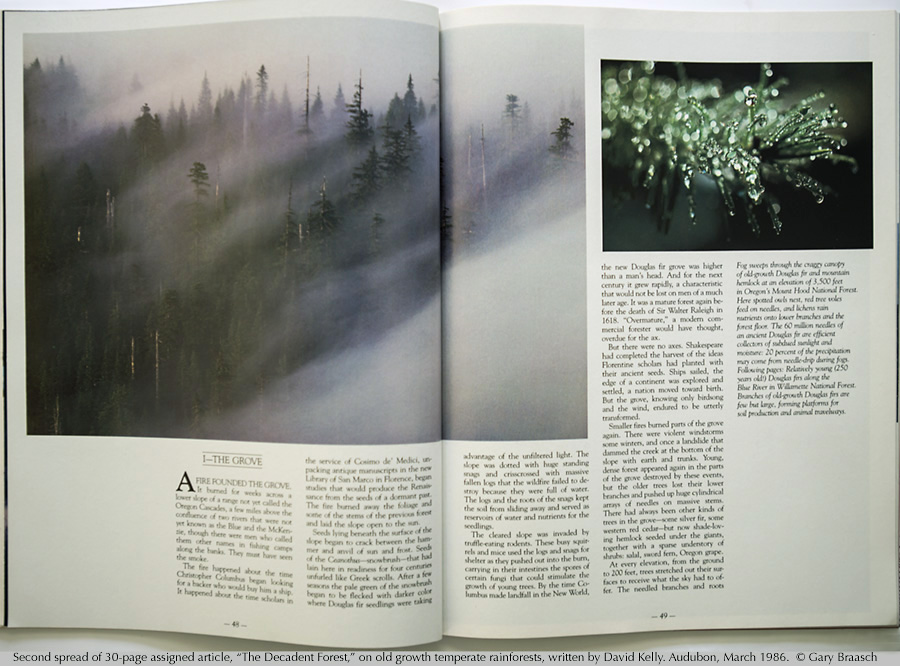
The article was a leading effort in the drive to bring the issue of forest destruction to a national audience and establish forest preserves and wildernesses areas. David and I published the book Secrets of the Old Growth Forest in 1988 -- the first national book to illustrate the nature, history, social and economic importance and great need to preserve the ancient old growth forests of western North America. Doing this work, I learned how to see and photograph all aspects of an ecosystem, from macro details, to birds and animals, to aerials and views in the canopy of the forest hundreds of feet above. It lead to more than a dozen other articles about great forests, in Discover, Smithsonian, LIFE and other magazines -- and to my photography in the tropical forests.
